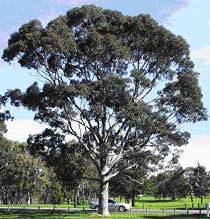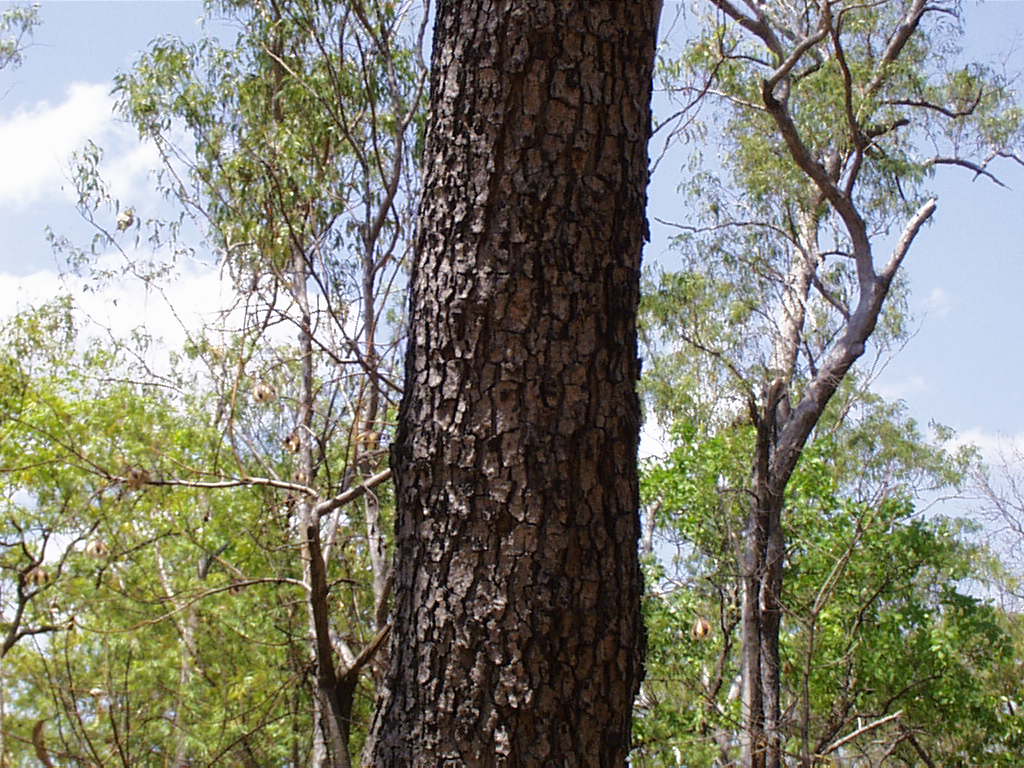|
|
|
|
|
|
|
|
Description Appearance |
 |
Properties
This species is sometimes known as Spotted Iron Gum,
due to the nature of the timber, which is very dense with excellent
mechanical properties. The raw timber has a slightly greasy feel, a
property which is well regarded and utilised in tool handles (a common
use for this species). The heartwood is durable (Class 2) and the sapwood
is susceptible to lyctid borer attack.
|
Description Appearance (Grey Ironbark)The
heartwood of the Grey Ironbarks ranges from light grey or light
chocolate with some darker reds and browns sometimes occurring.
Sapwood is slightly lighter in colour. Grey Ironbark may have
various regional variations such as the ‘Black Ironbarks’
which have similar light colours with black narrow to broad streaks
running through the timber. Texture is moderately coarse and even. |
 |
Properties
The material is very hard to work, limiting some
applications requiring fine detailing. The heartwood is highly durable
(Class 1), allowing for wide range of external applications.
Applications include heavy engineering, marine structures, poles, sleepers,
framework, flooring and decking.
Home
Page - About Us - What
We Do - Australian Hardwood
- Gallery - FAQ
- Contact Us
(c) Copyright 2004 - Timberlandscapes - All Rights Reserved